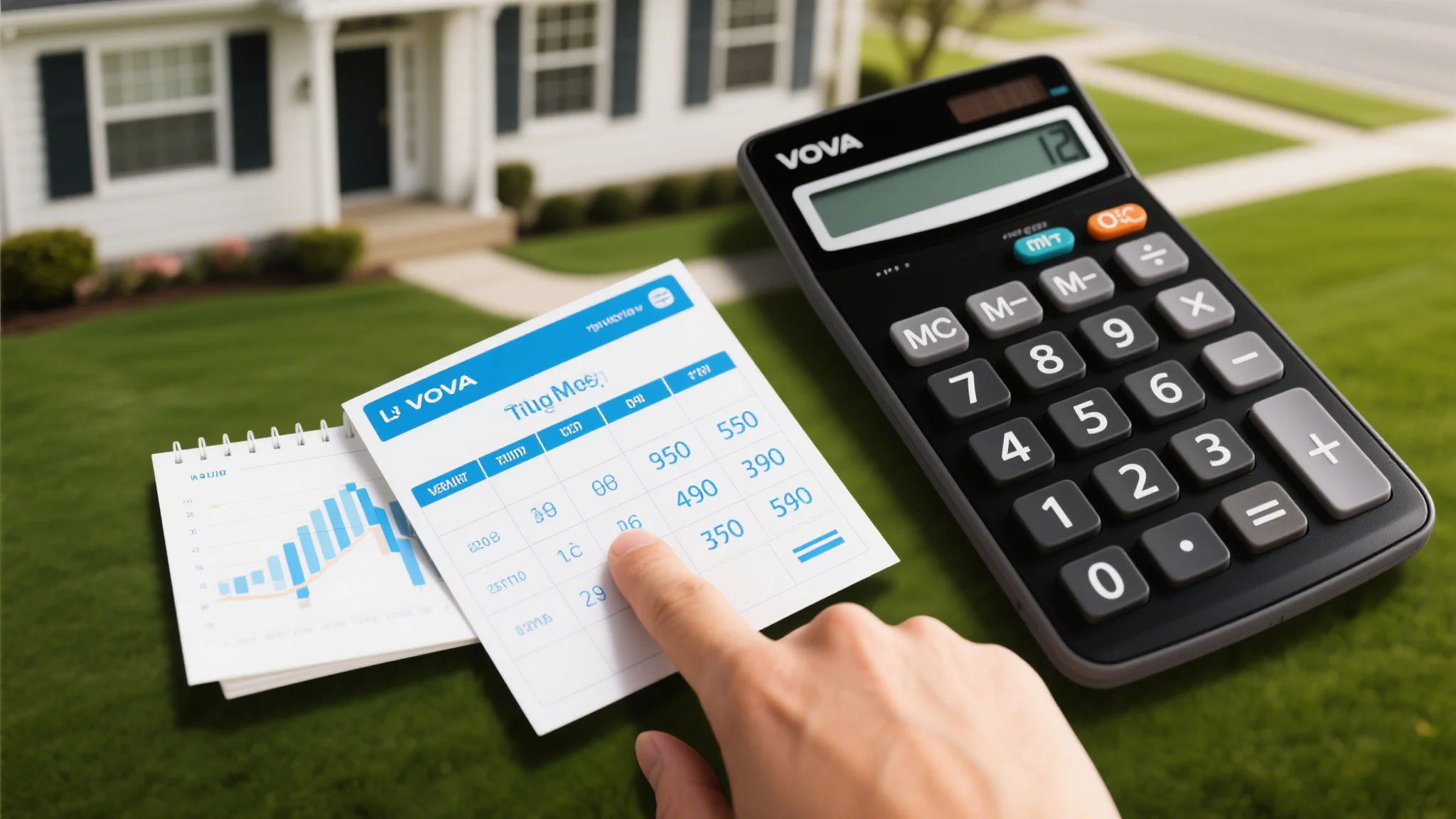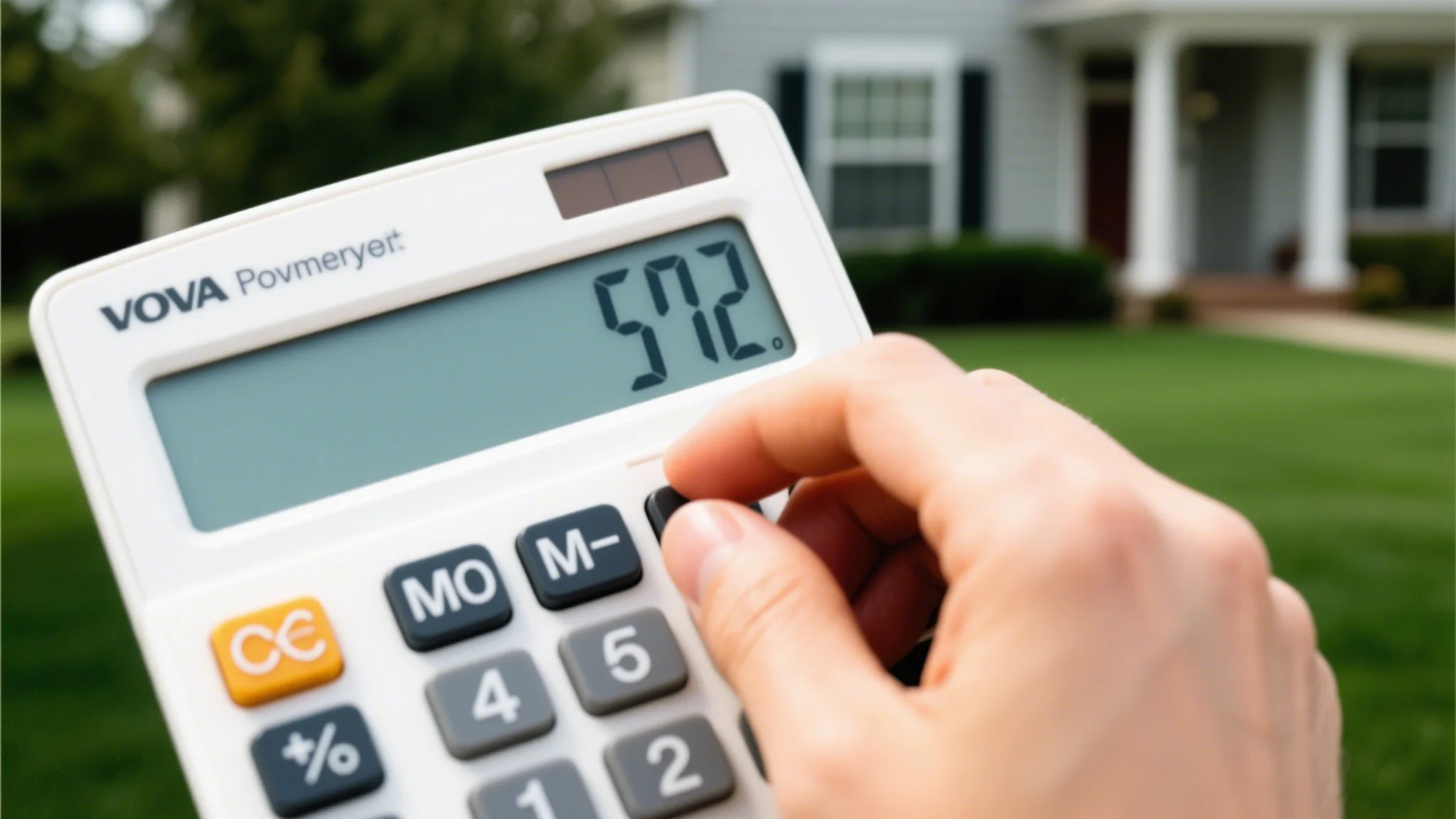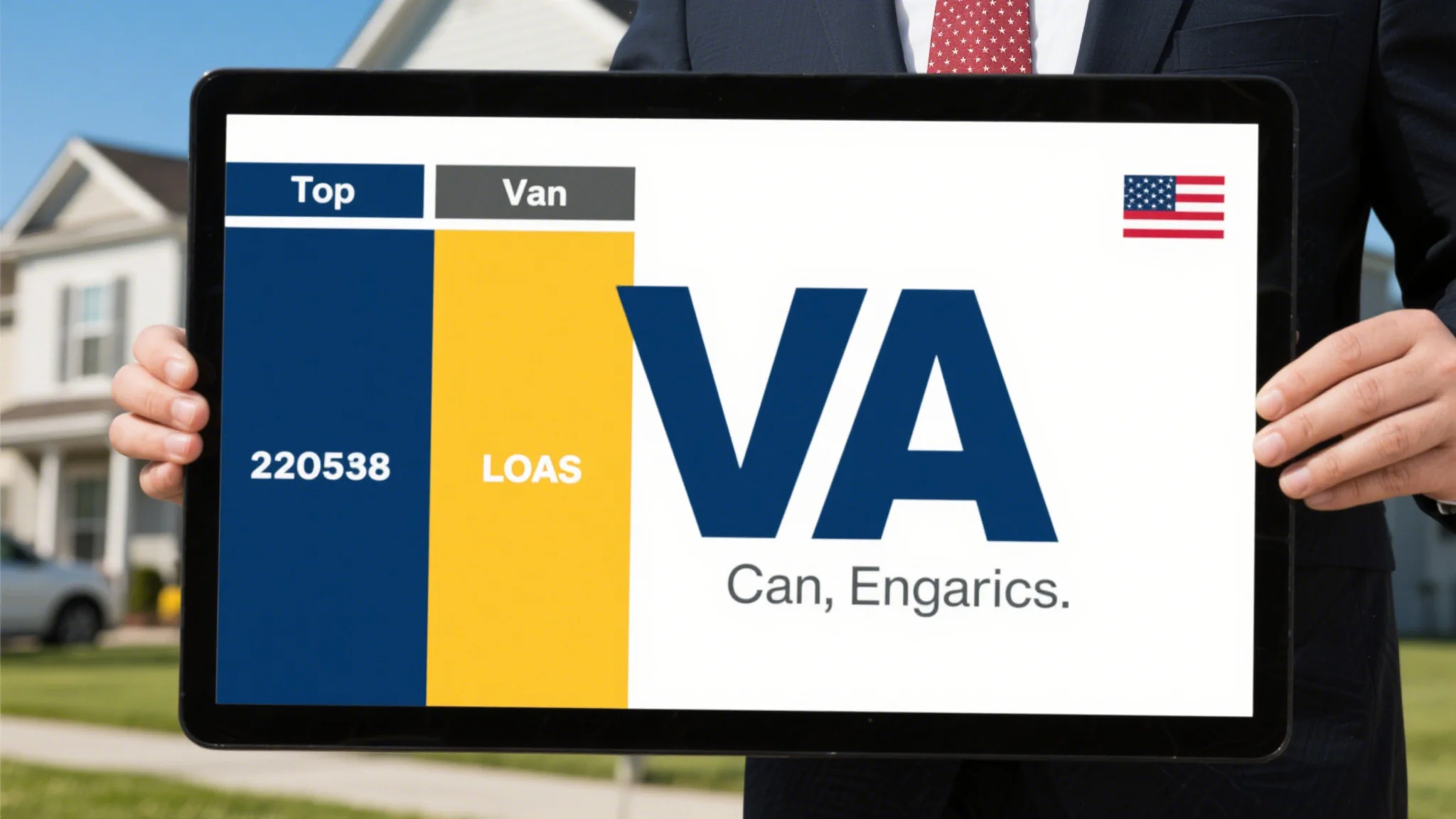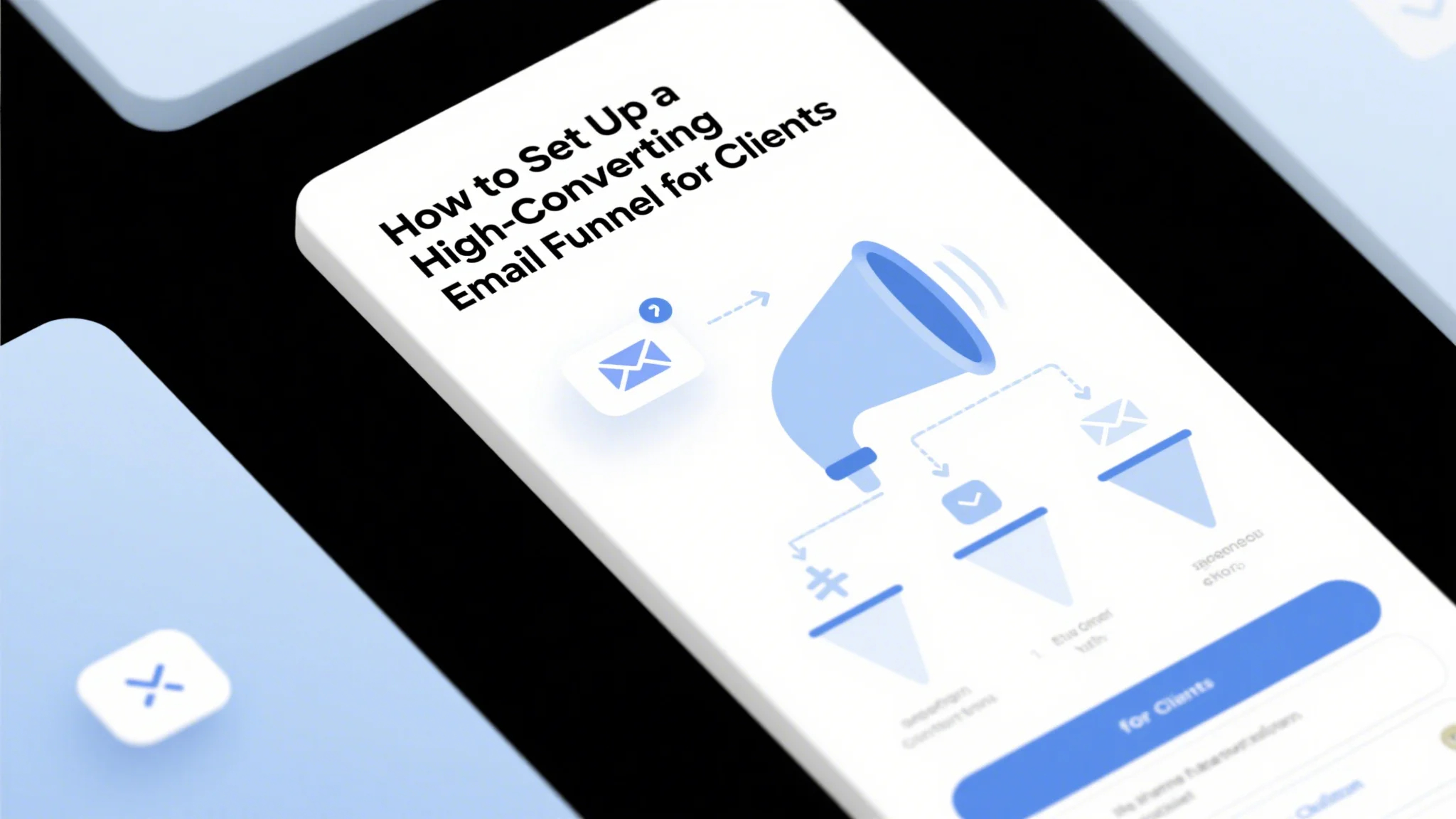Refinancing a mortgage can be a smart financial decision for many homeowners, especially if it helps reduce monthly payments, lower interest rates, or access cash for home improvements or other expenses. For military veterans, service members, and eligible family members, the Department of Veterans Affairs (VA) offers a unique loan program that can make refinancing even more beneficial.

A VA loan is a government-backed mortgage that offers favorable terms to qualified borrowers. Unlike conventional loans, VA loans do not require a down payment, and they have more flexible credit and income requirements. If you already have a VA loan or are considering one, refinancing could be a great way to take advantage of these benefits further.
What Is a VA Loan Refinance?
A VA loan refinance is when you replace your current mortgage with a new VA-backed loan. This process allows you to secure a lower interest rate, reduce your monthly payments, or access cash from your home’s equity. VA refinancing is available to active-duty military, veterans, and eligible surviving spouses, provided you meet the program’s requirements.
One of the most appealing aspects of a VA loan refinance is that it does not require a down payment. This makes it an attractive option for homeowners who want to save money upfront or do not have the funds for a down payment. Additionally, VA loans are not limited to purchasing a home; they can also be used to refinance an existing mortgage.
Benefits of Refinancing with a VA Loan
Lower Interest Rates:
If interest rates have dropped since you took out your original mortgage, refinancing with a VA loan could help you secure a lower rate. This can significantly reduce your monthly payments and save you money over the life of the loan.
Cash-Out Refinancing:
With a VA loan, you have the option to refinance and take cash out of your home’s equity. This can be a great way to fund home improvements, pay off high-interest debt, or cover other expenses. Cash-out refinancing allows you to access the equity in your home without taking out a separate loan.
No Down Payment:
As mentioned earlier, VA loans do not require a down payment. This makes refinancing with a VA loan a more affordable option compared to other types of refinancing, which may require a significant upfront investment.
Flexible Eligibility:
VA loans are available to a wide range of eligible borrowers, including active-duty military, veterans, and surviving spouses. If you are unsure whether you qualify, it’s worth checking your eligibility to see if a VA loan refinance is an option for you.
No Private Mortgage Insurance (PMI):
Unlike conventional loans, VA loans do not require PMI, which is typically required for borrowers with less than 20% down payment. This can save you hundreds of dollars each month in mortgage insurance premiums.
Is a VA Loan Refinance Right for You?
Before deciding to refinance with a VA loan, it’s important to evaluate your financial situation and goals. Here are some questions to consider:
Are you currently paying a high interest rate?
Do you have enough equity in your home to make cash-out refinancing worthwhile?
Can you afford the closing costs associated with refinancing?
Are you planning to stay in your home long enough to recoup the costs of refinancing?
If you answered yes to these questions, a VA loan refinance might be a good option for you.
How to Qualify for a VA Loan Refinance
To qualify for a VA loan refinance, you must meet the program’s eligibility requirements. Here are the key criteria:
Eligibility:
You must be a current or former active-duty military member, a veteran, or an eligible surviving spouse. You can check your eligibility by applying for a VA Certificate of Eligibility (COE).
Creditworthiness:
While VA loans are more flexible than conventional loans, you still need to meet certain credit requirements. A credit score of 620 or higher is typically required for a VA loan, though exceptions may apply.
Debt-to-Income (DTI) Ratio:
Your DTI ratio, which is the percentage of your income that goes toward paying debts, should be reasonable. VA loans generally allow higher DTI ratios compared to conventional loans, but you’ll still need to demonstrate that you can afford the monthly payments.
Residency:
The property you are refinancing must be your primary residence.
Types of VA Loan Refinances
There are two main types of VA loan refinances:
VA Streamline Refinance (IRRRL):
The VA Streamline Refinance, also known as the IRRRL (Interest Rate Reduction Refinancing Loan), is designed to help borrowers reduce their monthly mortgage payments by refinancing into a lower interest rate. This option is available to current VA loan borrowers and does not require a new appraisal or extensive documentation.
VA Cash-Out Refinance:
If you want to access cash from your home’s equity, you can opt for a VA cash-out refinance. This option allows you to refinance your current mortgage and take out cash for various purposes, such as home repairs, debt consolidation, or travel.
Steps to Refinance with a VA Loan
Check Your Eligibility:
Start by determining if you qualify for a VA loan refinance. You can apply for a Certificate of Eligibility online or through your local VA office.
Compare Lenders:
Shop around for VA-approved lenders to find the best rates and terms. Be sure to compare closing costs, interest rates, and any additional fees.
Apply for the Loan:
Once you’ve chosen a lender, complete the loan application and provide the necessary documents, such as your income verification, credit history, and appraisal report.
Close the Loan:
After your application is approved, you’ll need to complete the closing process, which includes signing the final documents and paying the closing costs.
Things to Consider Before Refinancing
Closing Costs:
Refinancing any loan comes with closing costs, which can range from 3% to 6% of the loan amount. VA loans may have lower closing costs compared to conventional loans, but it’s still important to budget for these expenses.
Loan Term:
Consider the length of your new loan term. If you’re looking to reduce your monthly payments, a longer term may be beneficial. However, a shorter term could save you more money in interest over time.
Long-Term Goals:
Think about how refinancing fits into your overall financial plan. If you plan to move or sell your home in the near future, refinancing may not be worth the costs.
Refinancing your mortgage with a VA loan can be a smart way to save money, reduce your monthly payments, or access cash for home improvements or other expenses. With its flexible eligibility requirements, no down payment, and government-backed guarantees, a VA loan refinance offers a unique opportunity for military veterans and eligible family members.
If you’re considering refinancing and think a VA loan might be a good fit, it’s worth exploring your options further. Check your eligibility, compare lenders, and consult with a trusted financial advisor to determine the best course of action for your situation.
By taking advantage of the benefits offered by a VA loan refinance, you can achieve your financial goals and enjoy greater peace of mind as a homeowner.



